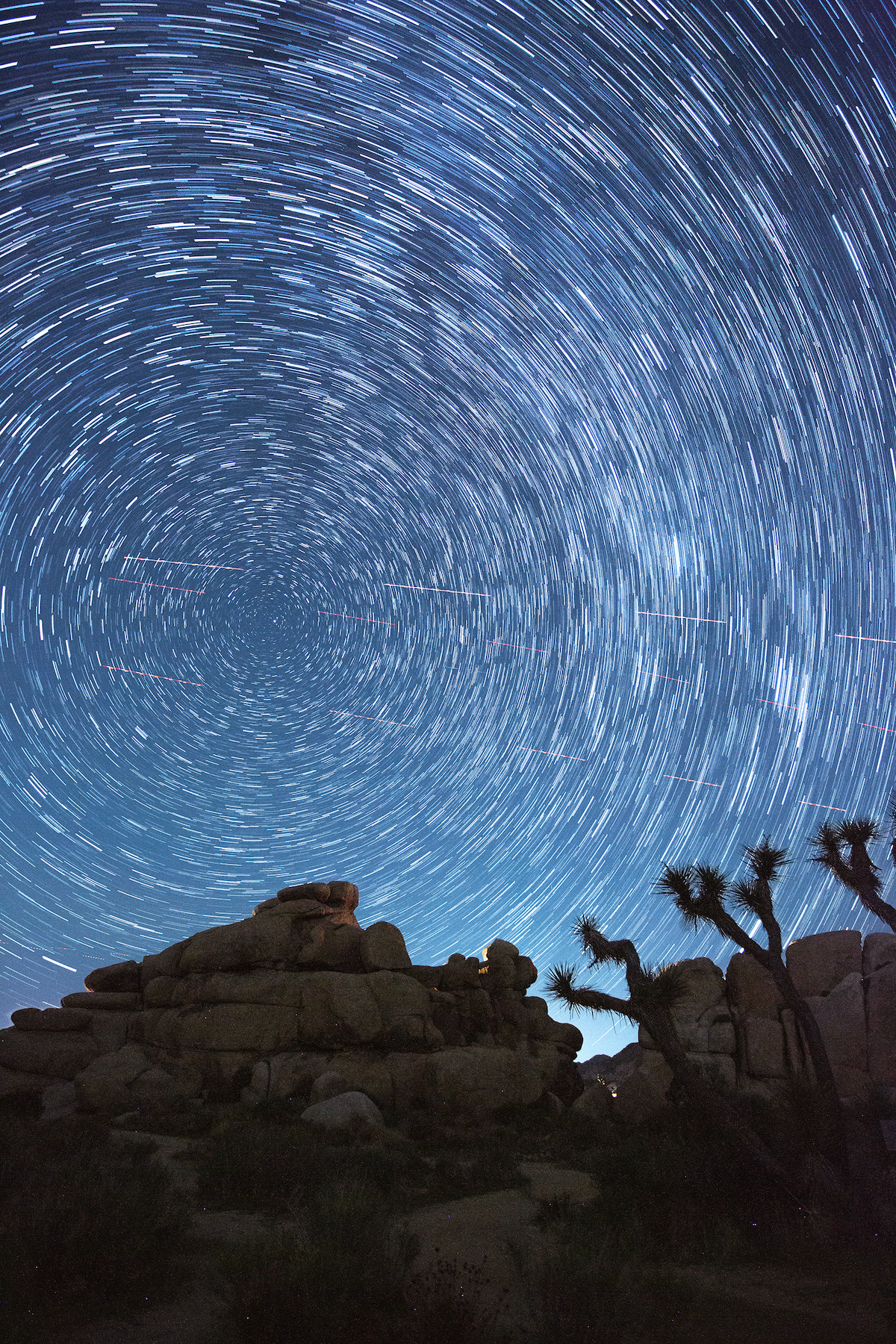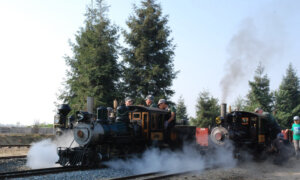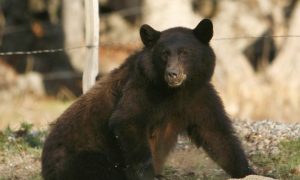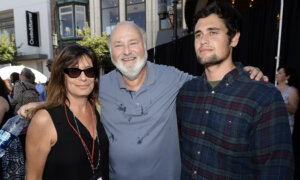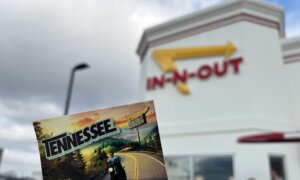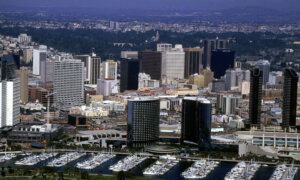California park rangers expect a traffic surge in Joshua Tree National Park—about two hours east of Los Angeles—as eager stargazers prepare to flock to the California desert to glimpse an annual meteor shower, called Perseids, that will peak between Aug. 10 and 12.
The meteor shower is an annual event that attracted heavy traffic and thousands of visitors in 2023, according to the National Park Service.
The park expects possible traffic delays of up to several hours this year because of its proximity to big cities like Los Angeles, officials said.
According to Joshua Tree’s stargazing advice phone line, the area has the darkest skies in Southern California. According to park officials, the region is also a certified dark sky night area through the International Darksky Association, an advocacy group focused on reducing light pollution.
The dark desert sky makes Joshua Tree an ideal viewing location for aerial light shows like meteor showers or the Aurora Borealis, a natural light display usually seen in far northern regions, which appeared briefly in California in March.
The Perseids meteor shower is an annual intersection of a comet with the Earth’s orbit, said Robert Lunsford, with the American Meteor Society.
He said the ideal place to view the shower was “anyplace away from city lights, because the more stars you see, the more meteors you see.”
The best time to watch the shower in California this year will be a few hours before dawn Aug. 12, according to EarthSky, a website about the cosmos.
A representative from EarthSky told The Epoch Times that the first quarter moon will slip over the horizon near midnight Aug. 12, which means there will be dark skies until dawn.
Ideal viewing locations are parking spots and roadside pullouts in the park, according to Joshua Tree’s stargazing advice line.
EarthSky also advised stargazers to look at the “radiant point” in the sky, near the constellation called Cassiopeia. It is this area where viewers may see up to 90 or more meteors every hour, according to EarthSky.
